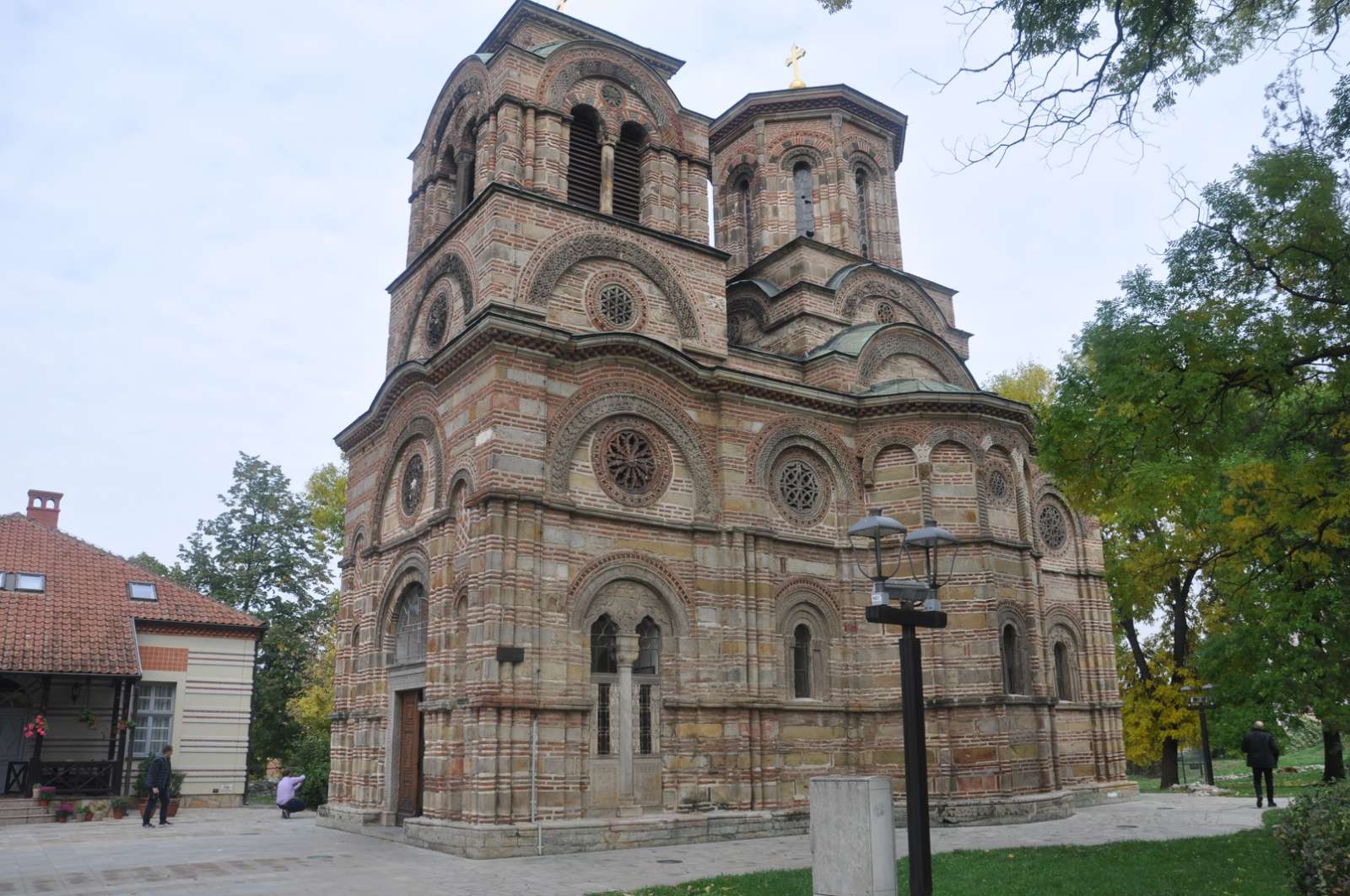Knight Prince Lazar Hrebeljanović
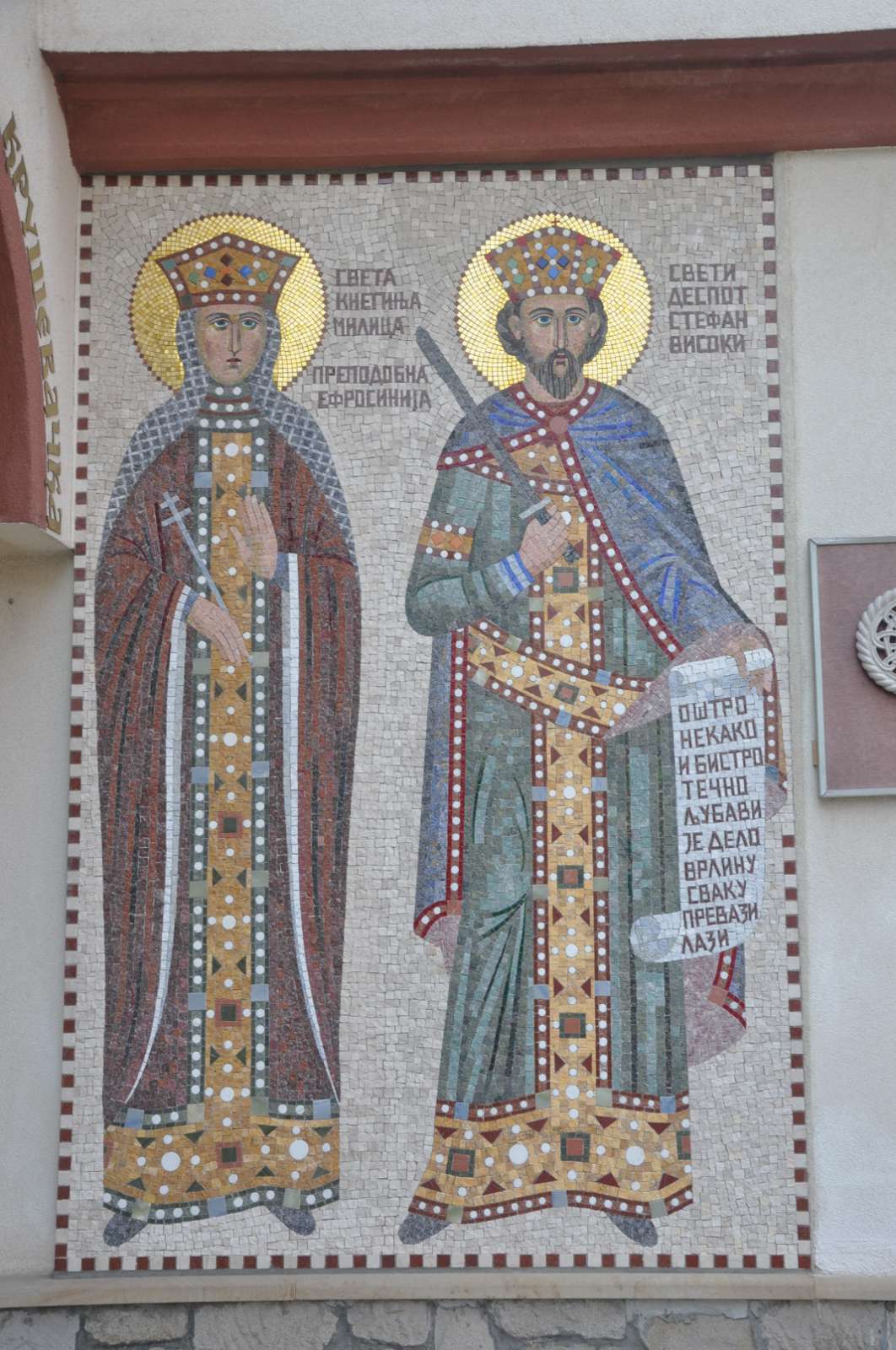
Youth at the imperial court
Lazar was most probably born around 1329 in Prilepac near Novi Brdo, an important mining center of medieval Serbia. Lazar's family owned Prilepac, which protected the mines and settlements around Novi Brdo with the nearby fortress of Prizrenac. Lazar's father Pribac was a logothete at the court of Stefan Dušan. The title of logothete was relatively modest in the hierarchy of the Serbian court. Dusan became the ruler of Serbia, overthrowing his father, King Stefan of Decani. He then rewarded the nobles who supported him in the rebellion, elevating them to higher positions in the feudal hierarchy. In that way, Pribac became a logotype. According to Mavro Orbini, a Dubrovnik historian from the 16th century, Pribčevo and Lazar's surname was Hrebeljanović. Although Orbini's source is unknown for this fact, the surname is generally accepted in historiography. History does not know the name of Lazar Hrebeljanović's mother for now, nor how many brothers and sisters he had. Dušan rewarded Pribac in another way: Lazar was assigned the duty of a setter at the royal court. The "Historical Word about Prince Lazar" also speaks about that, as does Archbishop Danilo. The setter had a ceremonial role at the royal table, although he could be entrusted with tasks that had nothing to do with court rituals. The position of the setter was the lowest in the hierarchy of the Serbian court. However, it was quite prestigious and gave its wearer the opportunity to be very close to the ruler. At the time when King Dusan was crowned emperor, Lazar was about 17 years old. In 1353, Lazar married Milica. According to later genealogies, Milica was the daughter of Prince Vratko, the great-granddaughter of Vukan Nemanjić. Vukan was the eldest son of the great prefect Stefan Nemanja, the founder of the Nemanjić dynasty. Vukan's descendants were not mentioned in any known source before the 15th century genealogy.
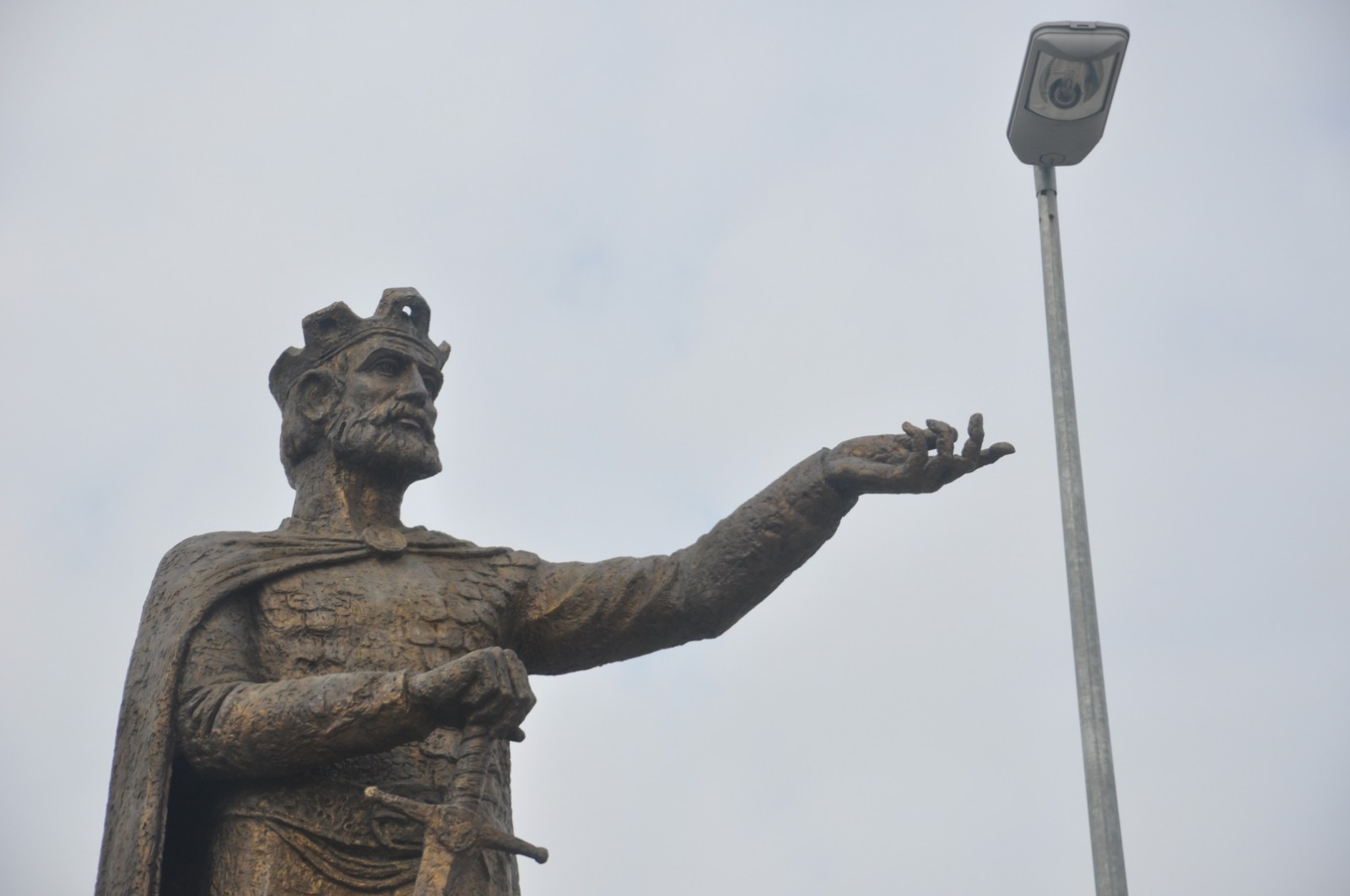
Tsar Dušan died suddenly in 1355 at the age of 47 and was succeeded by his twenty-year-old son Stefan Uroš. Lazar remained the founder of the new emperor's court. Dusan's death was accompanied by the strengthening of separatist activities in the Serbian Empire. The ruler of Epirus and Thessaly, Simeon Siniša, seceded in 1359. The same happened with Braničevo and Kučevo, the northeastern areas of the empire held by the Rastislalić family, who recognized the supreme authority of the Hungarian king Lajos I. The rest of the Serbian state remained loyal to the young emperor Uroš. However, the powerful Serbian nobles gained more and more independence from the imperial government.
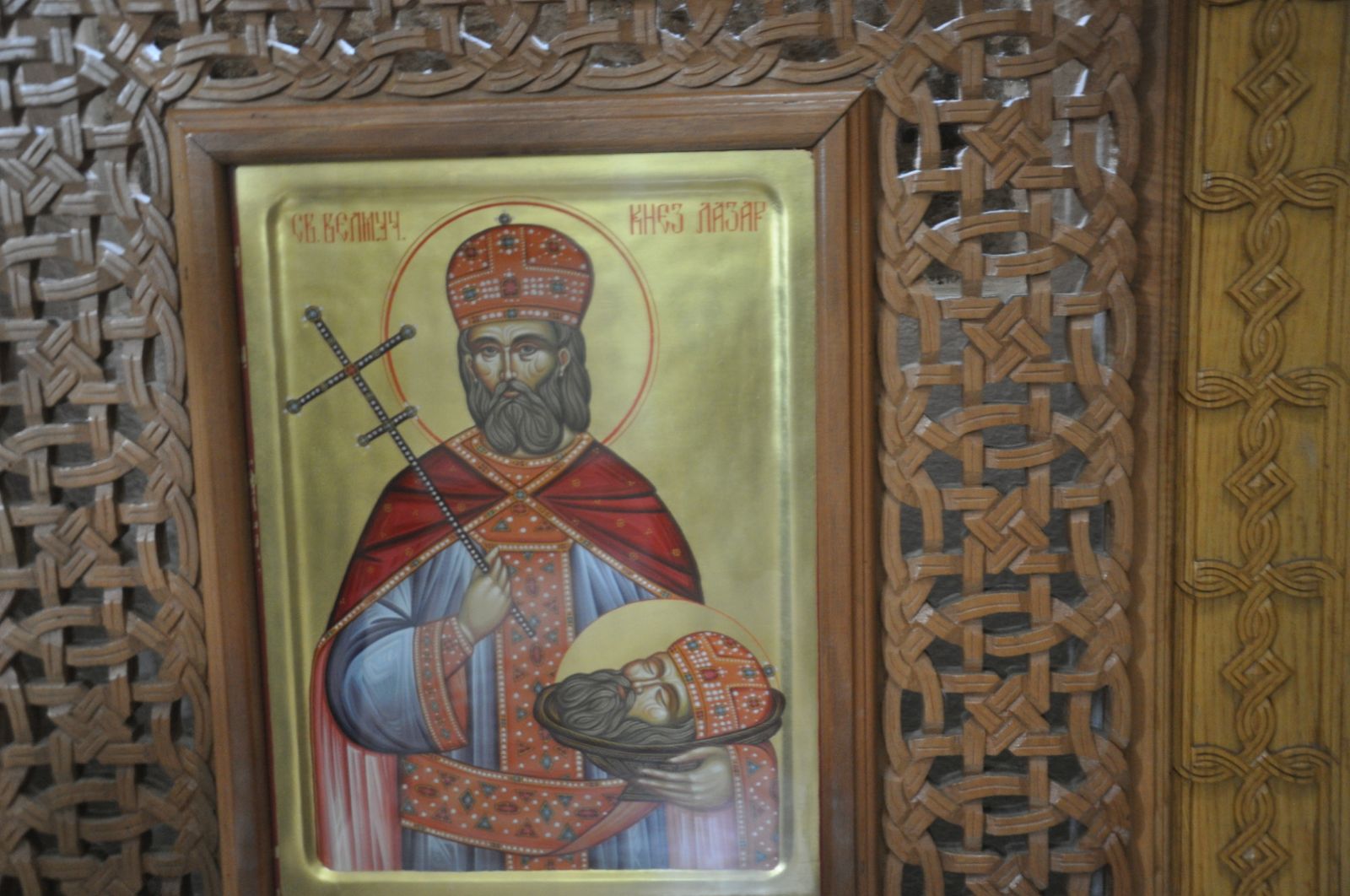
Uroš was a weak ruler and incapable of opposing these separatist tendencies, so he became an unimportant authority in the state whose nominee he was king. He relied on the most powerful Serbian nobleman, Prince Vojislav Vojinović of Zahumlje. Vojislav began his rise as a setter at the court of Emperor Dušan, but until 1363 he controlled a large area from the mountain Rudnik in central Serbia all the way to Konavle on the Adriatic coast, as well as from the upper course of the Drina all the way to northern Kosovo. Balšići: Stracimir, Đurađ and Balša III. By 1363, they had gained control of the Zeta area, which coincided with most of present-day Montenegro.
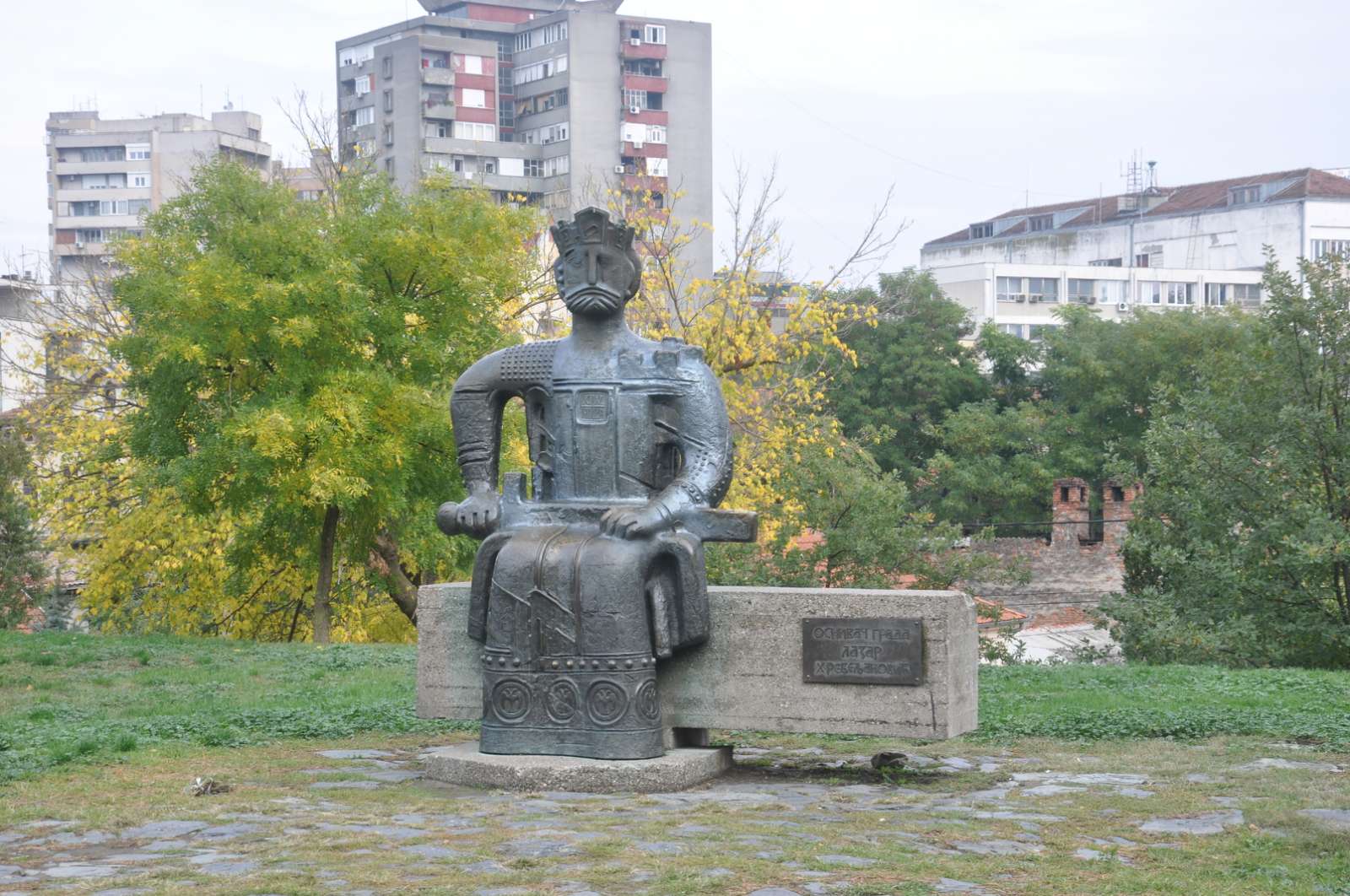
In 1361, Prince Vojislav started a war with the Republic of Dubrovnik over some territories. The people of Dubrovnik then asked the most prominent persons in Serbia to use their influence to stop harmful hostilities on both sides. The people of Dubrovnik also turned to the painter Lazar and gave him three scrolls of cloth. Although it was a relatively modest gift, it proves that Lazarus was considered to have some influence at the court of Emperor Uroš. The peace between Prince Vojislav and the Republic of Dubrovnik was signed in August 1363. Musa was married to Lazar's sister Dragan, no later than 1355. Musa's position as leader was higher than that of the setter.

Lazarus' ascent
Lazar's activities in the period between 1363 and 1371 are poorly recorded in the sources. It seems that he left the court of Emperor Uroš in 1363 or 1365. At that time he was about 35 years old and did not progress beyond the position of the setter. Prince Vojislav died suddenly in September 1363. The Mrnjavčević brothers, Vukašin and Jovan Uglješa became the most powerful great men in the Serbian Empire. They controlled the countries in the southern part of the empire, mainly in Macedonia. Tsar Uroš accepted Vukašin Mrnjavčević as co-ruler and Vukašin was crowned king. Around the same time, Jovan Uglješa was appointed despot. The nephew of Prince Vojislav, the young Nikola Altomanović, gained control over most of the territory of his late uncle by 1368. During this period, Lazarus became independent and began his rise as a regional master. It is not clear how this area expanded, but its core was certainly not his homeland, the fortress of Prilepac, which was taken by Vukasin. The core of Lazar's area was somewhere in the area that bordered the area of Mrnjavcevic in the south, Nikola Altomanovic in the west and Rastislalic in the north.
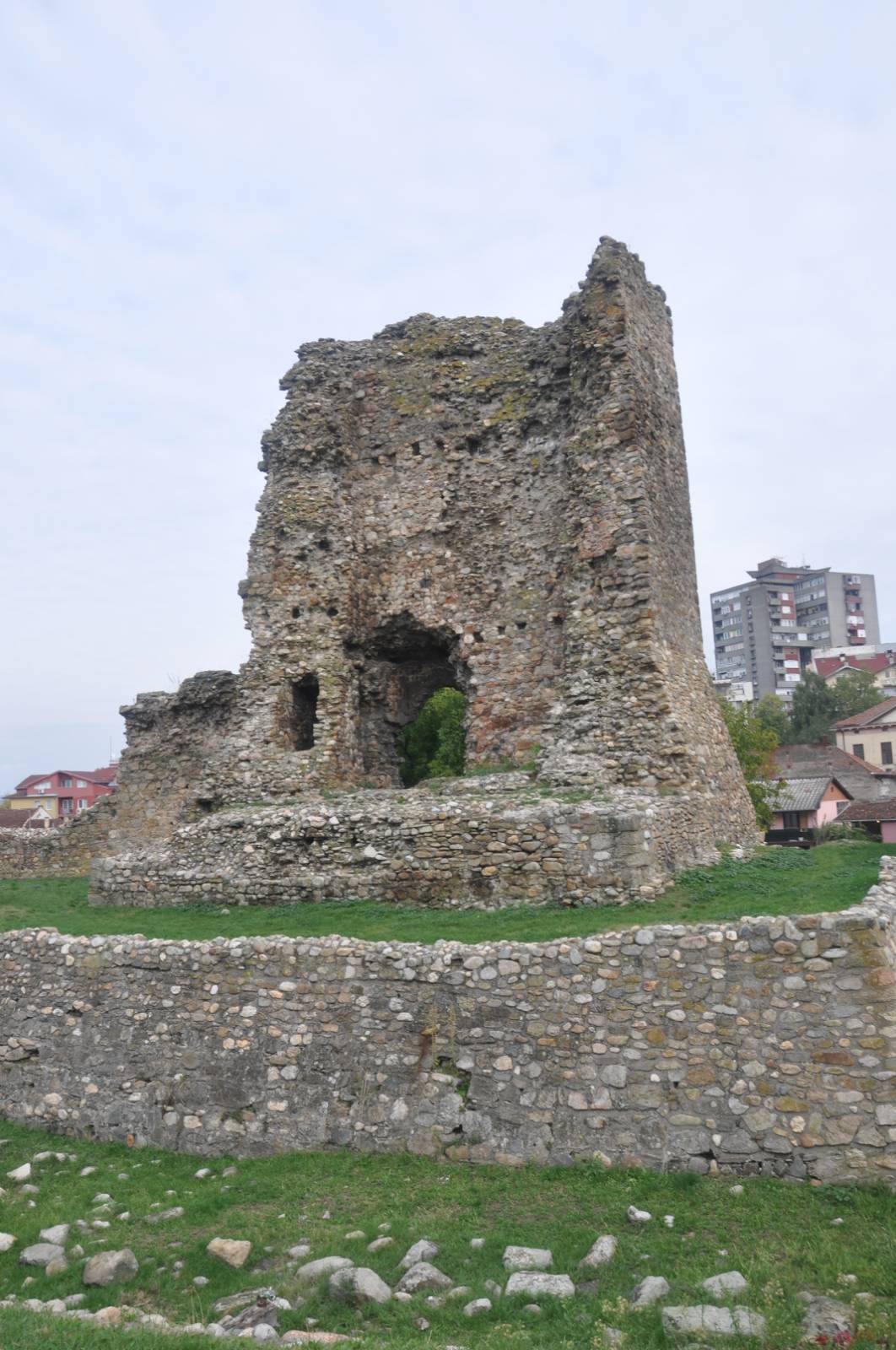
The book Kingdom of the Slavs by the Dubrovnik Benedictine Mavro Orbin, published in Pesaro in 1601, describes the events in which Lazar was the main protagonist. Since this source is not supported by other sources, some historians doubt its credibility. According to Orbin, Nikola Altomanović and Lazar convinced Tsar Uroš to join them in a joint attack on the Mrnjavčević brothers. The conflict between the two groups of Serbian nobles took place on the field of Kosovo in 1369. Lazar withdrew from the battle soon after it began. His allies continued to fight, but the Mrnjavcevics defeated them. Altomanović barely saved his life, while the Mrnjavčevićs captured and briefly imprisoned Tsar Uroš. There are indications that the co-rulers Tsar Uroš and King Vukašin broke up two years before the alleged battle. . This could be a consequence of Altomanović's defeat a year earlier. In any case, Altomanović quickly recovered from this defeat, probably with the help of his powerful protector of Hungary.
